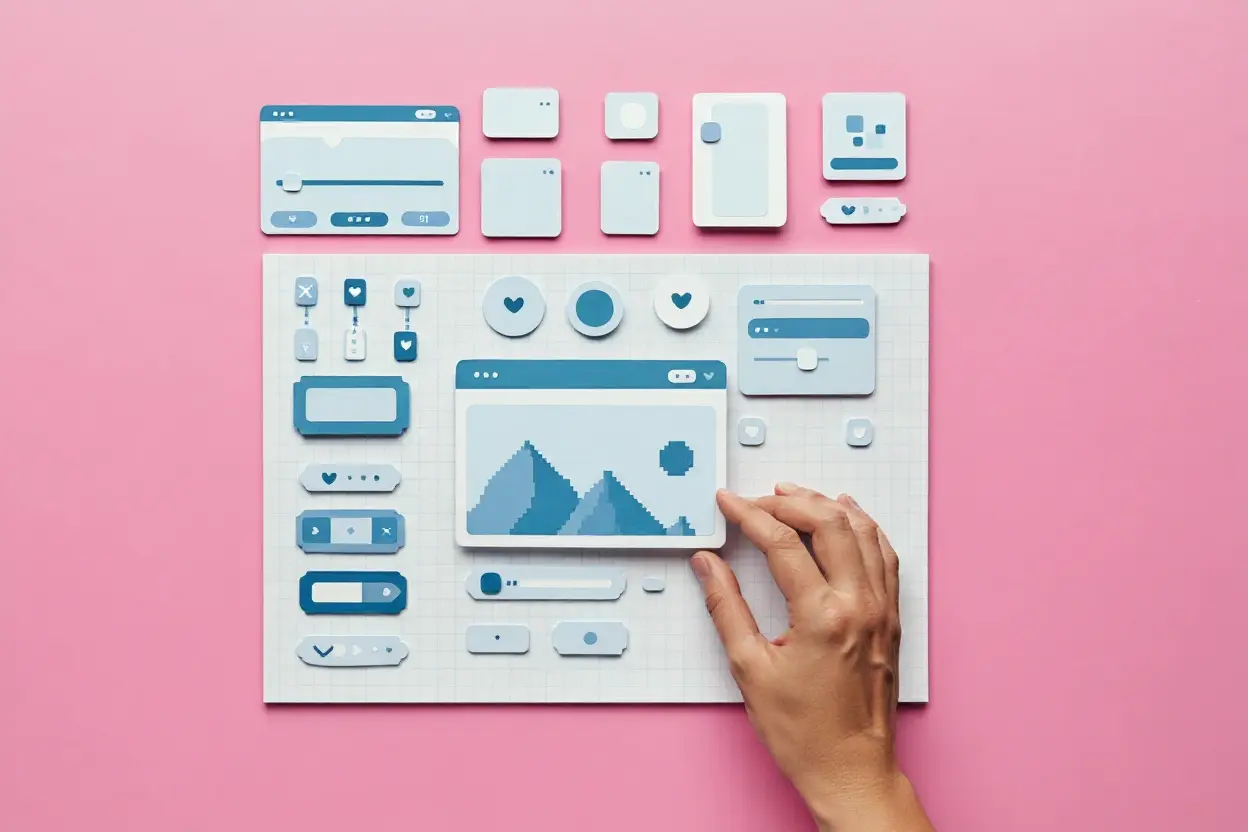Ethical Considerations in UX Design
In the ever-evolving landscape of technology and design, UX designers hold a pivotal role in shaping how users interact with digital products. While the primary goal of UX design is to enhance user satisfaction, it's increasingly important to consider the ethical implications of design decisions. This article delves into key ethical considerations in UX design, highlighting why they matter and how they can be integrated into practice.
1. Respecting User Privacy
Privacy is a cornerstone of ethical UX design. In an age where data is akin to currency, UX designers must navigate the delicate balance between personalization and intrusion.
For example, when Spotify uses algorithms to curate personalized playlists, or TikTok decides which videos to show in a feed, it enhances user experience without crossing privacy boundaries. However, apps that track user location without transparent consent cross an ethical line.
Apps also should only collect and use the information that is essential for their functionality. Unnecessary data collection increases the risk of privacy violations and can lead to a higher likelihood of data breaches.
Takeaway: Always prioritize user consent and transparency in data usage.
2. Accessibility: A Right, Not a Privilege
Accessibility in UX design isn't just a nice-to-have; it's a necessity. An ethically sound UX design ensures that digital products are usable by people with a wide range of abilities, backgrounds, and skill sets. By designing with accessibility in the forefront, you also open up your product to a larger potential audience.
Microsoft's inclusive design toolkit is an exemplary case, advocating for designs adaptable to different users, including those with disabilities.

3. Avoiding Dark Patterns
“Dark patterns” are design elements that trick users into actions they might not intend, like subscribing to a service or making a purchase.
For example, LinkedIn faced criticism in the past for using dark design patterns to promote its email marketing services. Ethical UX design means avoiding such tactics—being upfront and clear in design patterns fosters trust with your users.
Takeaway: Be transparent and honest in your design choices.
[MID_ARTICLE_CTA]
4. Cultural Sensitivity and Inclusion
UX design doesn't exist in a vacuum—it should reflect cultural and societal norms. An ethically responsible UX designer must consider context and diversity.
One way to do this is conducting user testing with individuals from diverse cultural backgrounds. This helps identify potential issues and ensures that the design is effective and well-received across different cultural contexts.

Ensuring diverse representation in design elements, such as images, illustrations, and avatars, is also key. Representing various ethnicities, genders, ages, and abilities fosters a sense of inclusivity and relatability for a wider audience. For instance, the emoji redesign to include a range of skin tones was a step towards more diverse inclusivity.
Takeaway: Embrace diversity and ensure your designs are culturally sensitive.
5. Mental Well-being
The impact of digital products on mental health is a critical ethical concern. Platforms like Instagram have been scrutinized for their impact on body image and self-esteem. Ethical UX design should help foster positive interactions, self-awareness, and well-being.
Features like screen time reminders or wellbeing guides are solid steps in this direction. Recently, Instagram also offered a feature so that users could opt out of seeing how many “likes” a post received.
Takeaway: Design with mental well-being in mind.
6. Sustainable Design Practices
Sustainability is increasingly relevant in UX design. Ethical considerations include minimizing digital carbon footprints and promoting sustainable user behaviors.
When creating a digital space, choose eco-friendly hosting options and consider the environmental impact of the underlying infrastructure. For instance, selecting data centers powered by renewable energy sources can contribute to a more sustainable digital ecosystem.

Ecosia is a great example of this. The search engine plants trees with its ad revenue, and is a testament to how UX design can align with environmental sustainability.
Takeaway: Aim for designs that are eco-friendly and promote sustainability.
7. User Autonomy and Control
User autonomy in UX design refers to the principle of empowering have control over their interactions within a digital interface through informed decisions. It emphasizes providing users with the freedom to navigate, choose, and customize their experience based on their preferences.
One example of this is having clear options to opt-out of features or services. Gmail’s customizable inbox and privacy settings serve as a good example.
Takeaway: Empower users with choice and control.
Conclusion
Ethical considerations in UX design are not just about compliance or ticking boxes. They are about designing holistically with responsibility and consideration for the user at the forefront. As technology becomes even more intertwined with our daily lives, the role of ethical UX design becomes not just important but essential. It’s about creating digital experiences that respect privacy, embrace diversity, foster well-being, and promote sustainability.
To delve deeper into this topic, consider exploring resources like "The Design of Everyday Things" by Don Norman for principles of inclusive design, or "Ruined by Design" by Mike Monteiro for a critical look at ethics in design.
Remember, ethical UX design is not a destination but a journey. It requires continuous learning, empathy, and a commitment to doing what's right for the user and society as a whole.



.svg)









.webp)




